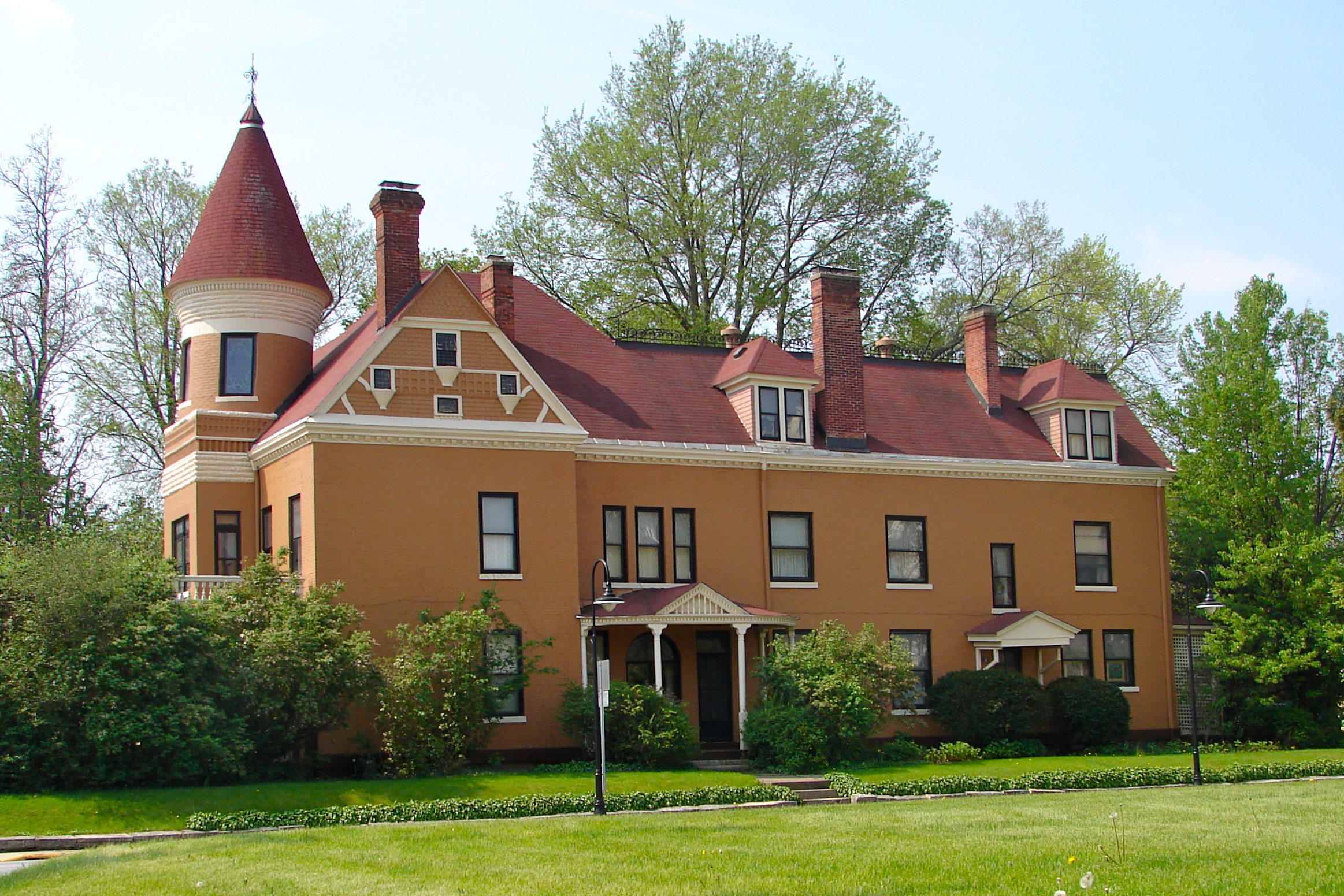Edward Hammatt on:
[Wikipedia]
[Google]
[Amazon]


 Edward Hammatt (September 8, 1856 – August 24, 1907) was an architect in the United States. He designed several notable buildings that are listed on the National Register of Historic Places.
Edward Hammatt (September 8, 1856 – August 24, 1907) was an architect in the United States. He designed several notable buildings that are listed on the National Register of Historic Places.


Biography
Edward Seymour Hammatt was born in Geneseo, New York. His family moved to Rochester, New York, where he was educated. He graduated from Lehigh University and the Massachusetts Institute of Technology, and then spent four years working for Ware & Van Brunt in Boston. He spent a further four years with theNew York
New York most commonly refers to:
* New York City, the most populous city in the United States, located in the state of New York
* New York (state), a state in the northeastern United States
New York may also refer to:
Film and television
* '' ...
firm of Hardenbergh & Le Brun. He was also associated with John B. Snook. Hammett opened his own office in Davenport, Iowa
Davenport is a city in and the county seat of Scott County, Iowa, United States. Located along the Mississippi River on the eastern border of the state, it is the largest of the Quad Cities, a metropolitan area with a population of 384,324 and a ...
, in 1883, where he worked until a few months before his death. His notable buildings include schools, business, and residential buildings and churches for the Episcopal Diocese of Iowa. In 1884 he was elected to membership in the Western Association of Architects The Western Association of Architects (WAA) was an American professional body founded in Chicago in 1884 separately from the American Institute of Architects (AIA) by John Wellborn Root, Daniel Burnham, Dankmar Adler, and Louis Sullivan, because the ...
. He became a Fellow of the American Institute of Architects in 1889 after the groups consolidated.
Notable designs
The following buildings and one object are listed on the National Register of Historic Places: *Trinity Episcopal Church, Davenport, Iowa (1874; no longer extant) *Kemper Hall, acontributing property
In the law regulating historic districts in the United States, a contributing property or contributing resource is any building, object, or structure which adds to the historical integrity or architectural qualities that make the historic distri ...
in the College Square Historic District
College Square Historic District is a nationally recognized historic district located on a bluff north of downtown Davenport, Iowa, United States. It was listed on the National Register of Historic Places in 1983. The district derives it name f ...
, Davenport, Iowa (1885)
*One or more buildings in the St. Katherine's Historic District
St. Katherine's Historic District is located on the east side Davenport, Iowa, United States and is listed on the National Register of Historic Places. It is the location of two mansions built by two lumber barons until it became the campus of ...
, Davenport, Iowa (1885, 1886)
* Connor House, Rock Island, Illinois
Rock Island is a city in and the county seat of Rock Island County, Illinois, Rock Island County, Illinois, United States. The original Rock Island, from which the city name is derived, is now called Rock Island Arsenal, Arsenal Island. The popul ...
(1888)
*Edward Edinger House
The Edward Edinger House is a historic building located in the West End of Davenport, Iowa, United States. It has been listed on the National Register of Historic Places since 1984.
History
This late Victorian home was designed by Edward Hammat ...
, Davenport, Iowa (1890)
* Lincoln School, Rock Island, Illinois (1893)
* Old Main, Augustana College, Rock Island, Illinois (1893; with L.G. Hallberg)
*Entrance gates at Oakdale Memorial Gardens, a contributing object in the Oakdale Cemetery Historic District
Oakdale Memorial Gardens, formerly Oakdale Cemetery, is located in east-central Davenport, Iowa. It contains a section for the burial of pets called the Love of Animals Petland. In 2015, the cemetery was listed as an historic district on the Nat ...
, Davenport, Iowa (1895)
* Trinity Episcopal Church, Ottumwa, Iowa
Ottumwa ( ) is a city in and the county seat of Wapello County, Iowa, United States. The population was 25,529 at the time of the 2020 U.S. Census. Located in the state's southeastern section, the city is split into northern and southern halves b ...
, a contributing property
In the law regulating historic districts in the United States, a contributing property or contributing resource is any building, object, or structure which adds to the historical integrity or architectural qualities that make the historic distri ...
in the Fifth Street Bluff Historic District (1895)
* Trinity Memorial Episcopal Church, Mapleton, Iowa (1896)
*Edward S. Hammatt House, a contributing property
In the law regulating historic districts in the United States, a contributing property or contributing resource is any building, object, or structure which adds to the historical integrity or architectural qualities that make the historic distri ...
in the Vander Veer Park Historic District, Davenport, Iowa (1896)
*M.J. Eagal Block (1901); Winecke Block (1901), contributing properties in the Davenport Downtown Commercial Historic District
The Davenport Downtown Commercial Historic District is a nationally recognized historic district located in the central business district of Davenport, Iowa, United States. It was listed on the National Register of Historic Places in 2020. At th ...
, Davenport, Iowa
References
{{DEFAULTSORT:Hammett, Edward S. 1856 births 1907 deaths Architects from Rochester, New York Architects from Iowa Fellows of the American Institute of Architects People from Geneseo, New York People from Davenport, Iowa Massachusetts Institute of Technology alumni Lehigh University alumni